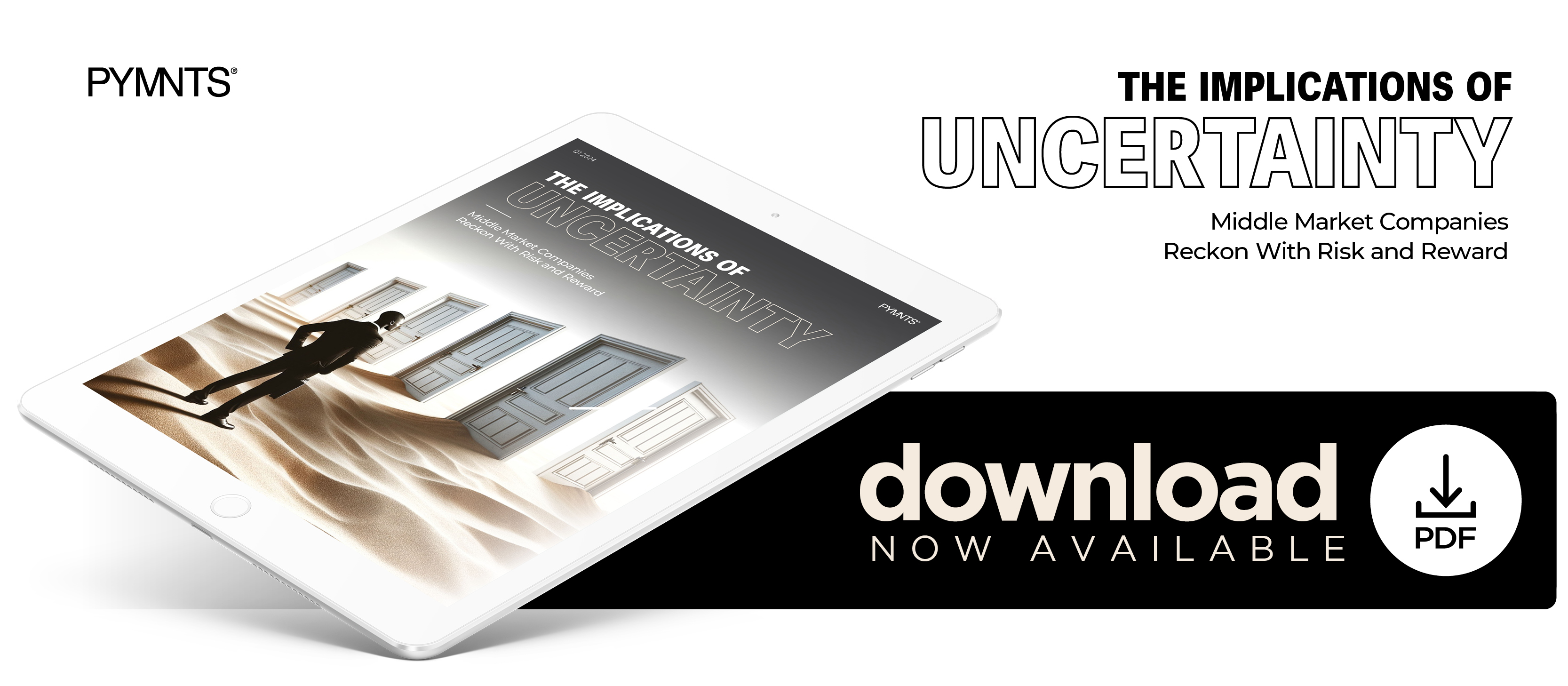Back-to-Basics Data Approach Confronts Increasing Fraud
Whenever there’s economic uncertainty, there’s a corresponding upswing in fraud, said Mangopay Vice President of Product and Data Maciej Pitucha, adding businesses can prepare and be ready. He breaks it down in the new PYMNTS eBook, “The Implications of Uncertainty.”
In terms of geopolitical factors, we know that inflation and unemployment directly contribute to an increase in fraud attacks, with people growing increasingly desperate and trying to game the system.
This might not necessarily involve trying to steal money or credit card details, but it can be activity like consumers falsely claiming that a clothing order didn’t arrive or that a food delivery didn’t turn up, so they can enjoy a free meal. Put simply, increased inflation means more unemployment and results in more fraud attempts from specific locations.
The most effective way to safeguard against these risks is to monitor current baseline metrics and look out for spikes and anomalies — things like how many new users there are, transaction volume and payment methods used in a specific region or during a specific period. These anomalies are yellow flags that prompt us to take a closer look. Is the increase of any activity related to fraud attacks.
For example, we’re able to monitor the average transaction volume or number of new users on a platform and if there’s a spike, we investigate further. We carry out validation to see if there are any promotions or other causes but if not, then again it’s a yellow flag and we start investigating.
We leverage in-house technology to conduct macro anomaly detection. It’s a combination of artificial intelligence (AI) and our team working together on a daily basis. Machine learning takes historical data to help us establish the alerts and our expert data team is then able to investigate deeper.
For example, we know the typical percentage of users in France using a foreign credit card on a given platform. If this jumps to a much higher percentage, then we know something is off. Thousands of combinations of factors can be used to create alerts.
If you combine that real-world knowledge, considering the current geopolitical climate with AI and machine learning, you build a robust way of protecting your business from risk and mapping out a more secure future.
The post Back-to-Basics Data Approach Confronts Increasing Fraud appeared first on PYMNTS.com.

